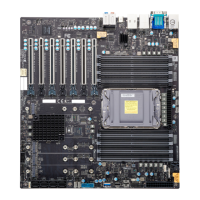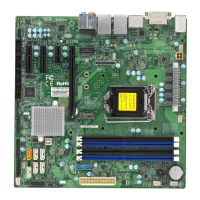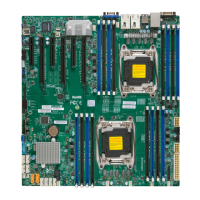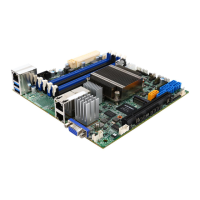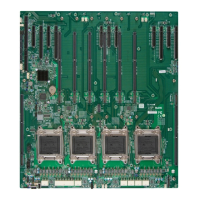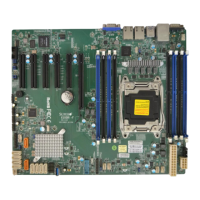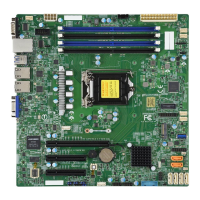Do you have a question about the Supermicro X11 and is the answer not in the manual?
Identifies system integrators, IT technicians, and knowledgeable end users as the target audience for this guide.
Explains the guide's purpose: providing instructions for Supermicro Security Erase in UEFI BIOS.
Highlights the use of symbols and notes for proper system configuration and damage prevention.
Defines Secure Erase, its methods (Normal/Enhanced), and ATA standards for data sanitization.
Lists Intel platforms (X11, X12, X13) that support Supermicro Security Erase features.
Lists AMD platforms (H11, H12, H13) that support Supermicro Security Erase features.
Steps to enable AMI Native mode for NVMe SSDs before configuring Security Erase settings.
Accessing the BIOS security configuration menu to manage Supermicro Security Erase settings.
Details the fields and options within the BIOS Security Erase submenu for managing drives.
Explains available security functions: Set Password, Security Erase - Password, PSID, and Without Password.
Instructions for setting a password on a storage drive to enable security functions and configuration.
Procedure to modify an existing user password on a storage device that has a password pre-installed.
Steps to remove a previously set user password from a storage device or HDD.
How to securely erase all data and passwords from a drive using a valid password.
Procedure to securely erase data and passwords using the manufacturer's default password.
Guide to securely erasing data on SED SSDs by entering their specific Physical Security ID (PSID).
| Form Factor | ATX |
|---|---|
| Memory Support | DDR4 ECC RDIMM and LRDIMM |
| Networking | Dual Gigabit Ethernet |
| Storage | SATA3 |
| Audio | Not specified (typically requires add-on card for high-quality audio) |

